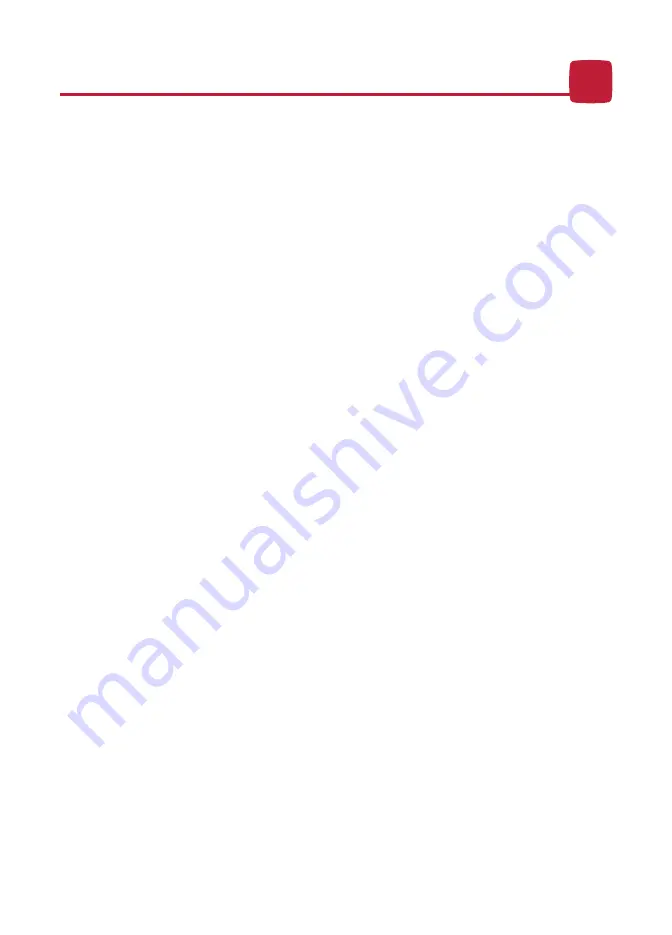
How long can my baby spend in the carrier?
Wear your baby according to your intuition and signals that your child gives you. In everyday life
the baby is worn at home when it fusses or when asleep. Outside, on trips, it is often necessa-
ry to carry him in the carrier for a long time, but even then the wearing is interrupted by breaks for
nappy changing or feeding. We recommend giving the child enough time to stretch and exercise his
muscles.
Can I wear my baby facing forward?
No. KiBi is designed to conform with modern-day paediatric knowledge and is designed so that
the baby is facing the carrying person. Small babies who cannot sit on their own and cannot walk do
not have sufficiently developed muscles along the spine to fully support their own body weight. They
like to be in a slightly crouched position. Bending backwards is irritating and uncomfortable for them.
If you place your baby into the carrier facing forward with the fabric crunched between their legs, their
body will bend backwards and their head will not be supported at all, a position which is not healthy
for the baby. Wearing is not comfortable for them, since all their weight rests on the crotch. And when
your baby needs to rest, he cannot snuggle up to you.
Won’t the child be cold in winter?
Not necessarily. It is easiest to dress small babies into a normal set of clothes for home tem-
perature, put them into the carrier and then dress yourself in a larger jacket or a special babywearing
jacket with an expansion for the baby in the carrier, even special babywearing covers are in offer. It
is necessary to keep the child’s legs warm because they are sticking out of the carrier - use woolen
socks, warm slippers or shoes. Balaclava hoods are excellent to keep the head warm in winter - they
not only protect the head, but also the whole neck.
In summer we sweat terribly. Can babies be worn in the heat?
When wearing your child on the body you will always be more sweaty and hot. It may help to
use high-tech synthetic or woollen clothes and a cotton cloth as an absorption layer between you, or
other types of functional clothes made of wool and other natural fibres. Wool is much more absorbent
than cotton, can accumulate more sweat and does not get cold when wet. Another simple solution is
an umbrella or a parasol and a canvas hat with a wide brim for the child that protects their eyes from
the sun and shields their head and neck. In the heat we recommend that you be extra careful and
make sure that the child is drinking enough liquids.
The baby is crying when I put him in the carrier. Are his legs spread too
far apart?
If the fabric reaches from one knee to the other and no farther, the baby should not be uncom-
fortable. When the baby is outside the carrier, try exercising his legs - you will see that they can han-
dle this position easily. Children who have hip development problems are commonly given aids that
should keep their legs at exactly the same angle as when carried in a carrier. There are babies who
need to get used to the carrier. It bothers them when they need to be put into the carrier and buckled
up even though it takes only a minute. Once you go out, and the baby can have fun watching the
world around them and is lulled by the swinging movement of walking, they usually calm down quite
quickly. Some children fuss and cry before falling asleep. Follow your intuition. If the child refuses to
be worn, try the carrier again in 2 weeks. The child can change his mind even in such a short period
of time :)
FREQUENTLY ASKED QUESTIONS
16

















